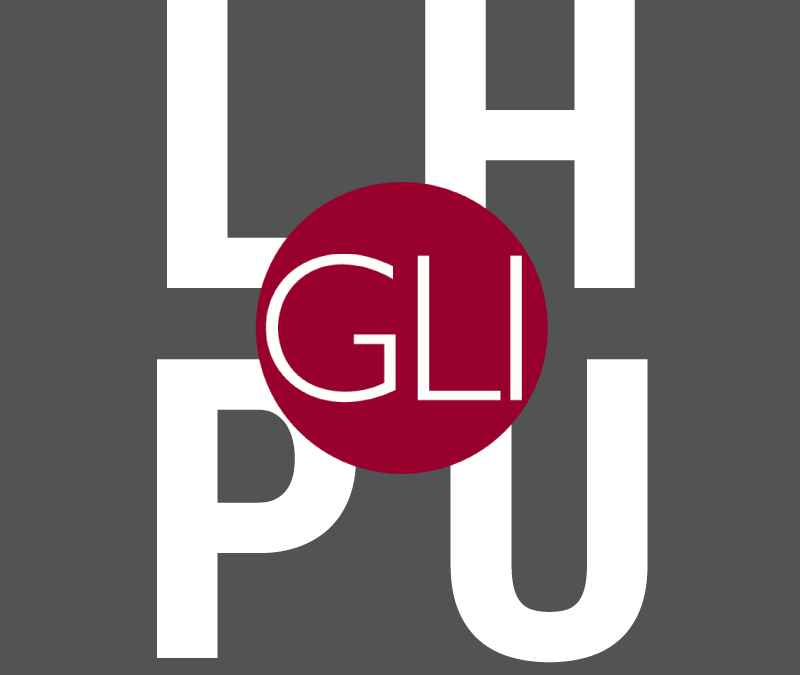
Congress reconvenes in September for its last push to legislate before the November elections. – Liver Health Policy Update

Congress reconvenes in September for its last push to legislate before the November elections
Congress is entering a very busy work period in September, the last before the November elections. GLI is preparing for its Advanced Advocacy Academy (A3) and subsequent day on Capitol Hill to advocate for legislation!
First, some GLI news – we are happy to announce that Larry Holden has been selected by the Board of Directors to serve as the organization’s new Chief Executive Officer as of September 2024. Read more.
GLI Shares Petition with Insurers Failing to Provide Appropriate Access to NASH/MASH Treatment!
GLI called on several payers to avoid advancing adverse approval criteria of a new medication to treat nonalcoholic steatohepatitis (NASH), also known as metabolic dysfunction-associated steatohepatitis (MASH). Evidence is mounting that some payers have chosen to require a biopsy to access treatment, contrary to the label from the Food and Drug Administration and clinical guidelines. This short-sighted policy is also being embraced by the U.S. Department of Veterans Affairs. GLI is also concerned that the VA’s recommendation on lifestyle interventions will further delay access to care. This reflects ongoing efforts as part of GLI’s Beyond the Biopsy initiative, which most recently released a letter to the VA with 24 signatures from individuals and organizations. Click here to view the petition! GLI sent letters to the following payers:
- Anthem, an Elevance company: Click here to view the letter. Click here to outreach directly if you or someone you know is impacted.
- Uniform Medical Plan: Click here to view the letter. Click here to outreach directly if you or someone you know is impacted.
- Eastern Oregon CCO: Click here to view the letter. Click here to outreach directly if you or someone you know is impacted.
- Excellus BCBS: Click here to view the letter. Click here to outreach directly if you or someone you know is impacted.
- Health Alliance Medical Plan: Click here to view the letter. Click here to outreach directly if you or someone you know is impacted.
Several GLI Legislative Priorities Teed Up for Possible End-of-Year Action Focus on Access to Care
Treat and Reduce Obesity Act (TROA, H.R.4818/S.2407): On June 27, 2024, The U.S. House Ways and Means Committee marked up legislation to extend Medicare coverage to obesity care. GLI supported the amended bill passed out of committee. GLI and its Liver Action Network partners have sent letters supporting Congressional action to the House Energy and Commerce Committee and the Senate Finance Committee.
Medicare Multi-Cancer Early Detection Screening Coverage Act (H.R. 2407/S.2085): The bill was marked up by the House Ways and Means Committee on a unanimous vote to increase access to cancer screenings. View the press release from the lead sponsor, Rep. Sewell.
Telehealth: Congress must pass legislation soon to extend COVID-Era Telehealth and Supervision Flexibilities.
Saving Access to Laboratory Services Act (SALSA, H.R.2377/S.1000): Avoiding cuts of up to 15 percent to laboratory services will require Congressional action before year end.
Protecting Health Care for All Patients Act (H.R.485): The House of Representatives passed legislation earlier this year to extend protections against the use of discriminatory value assessments (QALYs and similar measures) in Medicare to other federal health programs. It remains a priority for the Chair of the Energy and Commerce Committee, Rep. Cathy McMorris Rodgers.
Safe Step Act (H.R.2630/S.652): The legislation is being considered as part of reforms to PBMs (S.1339) and would protect patients from insurers preventing access to prescribed care.
Momentum Builds to Move More Legislative Priorities for Patients
Congress returns in September for one last push to advance key legislative priorities out of the committees of jurisdiction and onto a floor vote. GLI is deeply engaged in efforts to advocate and build momentum for several pieces of legislation:
Old Drugs, New Cures Act (H.R.8267): Incentivizes the development of new uses for existing drugs to improve access to lifesaving medications that benefits low-income Americans who rely on Medicaid, the Children’s Health Insurance Program, or Medicare Part D low-income subsidies.
The Liver Illness, Visibility, Education and Research Act (LIVER Act): Increases federal assistance to study, prevent, and treat liver cancer.
Medical Nutrition Equity Act (H.R. 6892): Ensures both public and private insurance cover medically necessary foods as a treatment option, since they are required to support proper growth and development and to prevent medical complications, severe disabilities, and death.
Living Donor Protection Act (H.R.2923/S.1384): Would protect living organ donors and remove barriers to greater donation.
John Walsh Home Infusion Act (H.R.7346): Would change the Medicare law to improve access to augmentation therapy infusions at home for individuals with Alpha-1 antitrypsin deficiency (Alpha-1) under Medicare Part B.
Advocates Continue Efforts to Advance Equitable Access to Hepatitis C Treatments
Efforts continue to advance the Hepatitis C Elimination Plan proposed in the President’s Budget for FY 2024. The Congressional Budget Office (CBO), responsible for calculating how much a plan will cost the federal budget, has asked for reliable research providing CBO with the information it needs for its analysis. The Senate Appropriations Committee stated in its report accompanying the Labor/HHS appropriations bill that it supports efforts to increase access
to diagnostic testing, including rapid diagnostics; expand the availability of treatment; and bolster public health strategies to prevent hepatitis C. The House of Representatives’ bill increased proposed funding for the CDC’s Division of Viral Hepatitis ny $10 million to $53 million. GLI looks forward to the introduction of legislation to put a plan into action for increasing equitable access to hepatitis C treatment.
Changes to the Organ Transplant System Advance
Health Resources and Services Administration (HRSA) recently announced that the OPTN Board of Directors — the governing board that develops national organ allocation policy — is now separately incorporated and independent from the Board of long-time OPTN contractor, the United Network for Organ Sharing (UNOS). HRSA has awarded an OPTN Board Support contract to American Institutes for Research to support the newly incorporated OPTN Board of Directors. The announcement comes as the House Energy and Commerce Subcommittee on Oversight and Investigations announced a Subcommittee hearing on September 11, 2024, titled “A Year Removed: Oversight of Securing the U.S. Organ Procurement and Transplantation Network Act Implementation.” GLI led efforts supporting the passage of the Securing the U.S. Organ Procurement and Transplantation Network Act and is pleased to see Congress conducting oversight of its implementation.
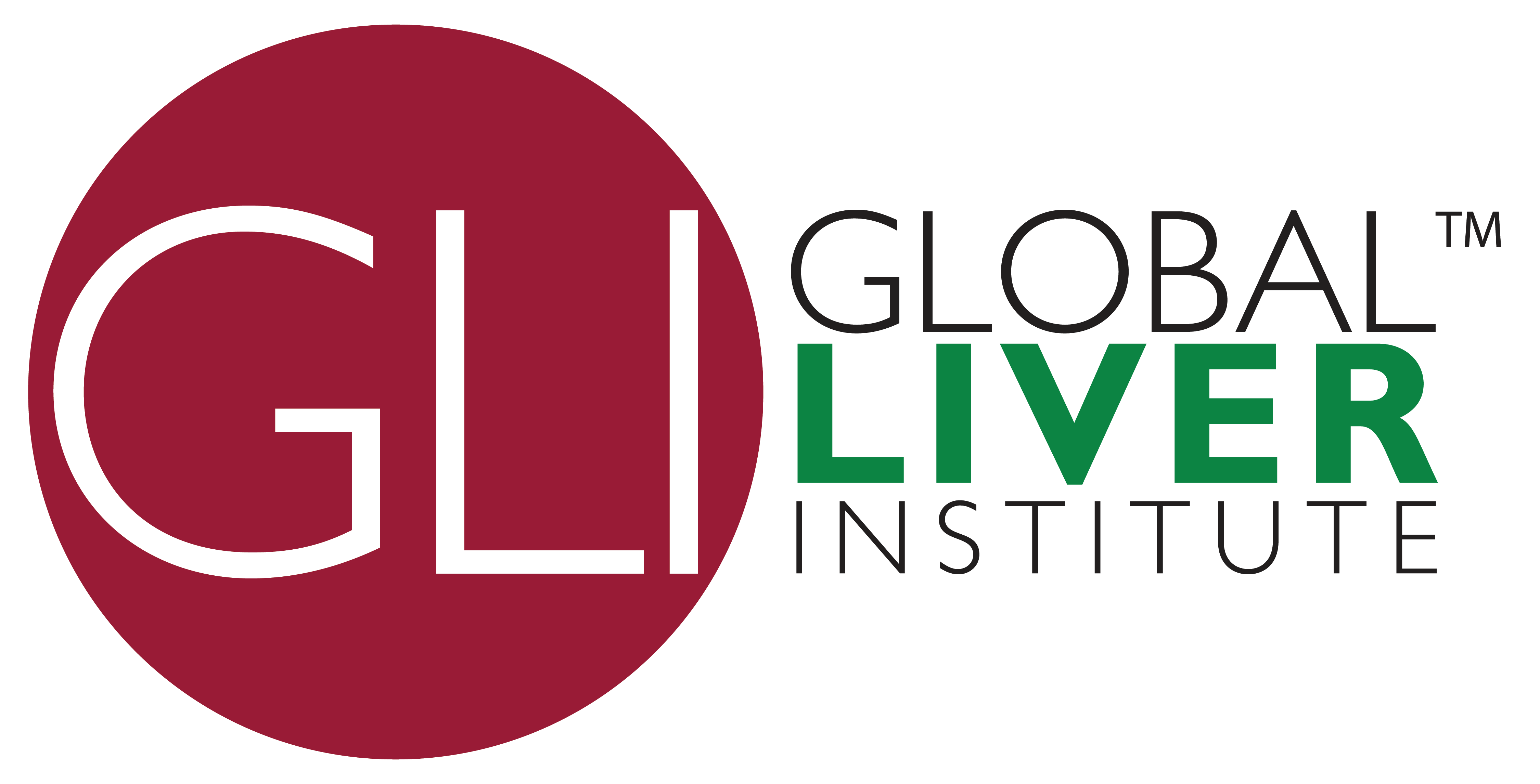
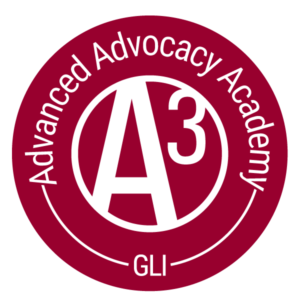
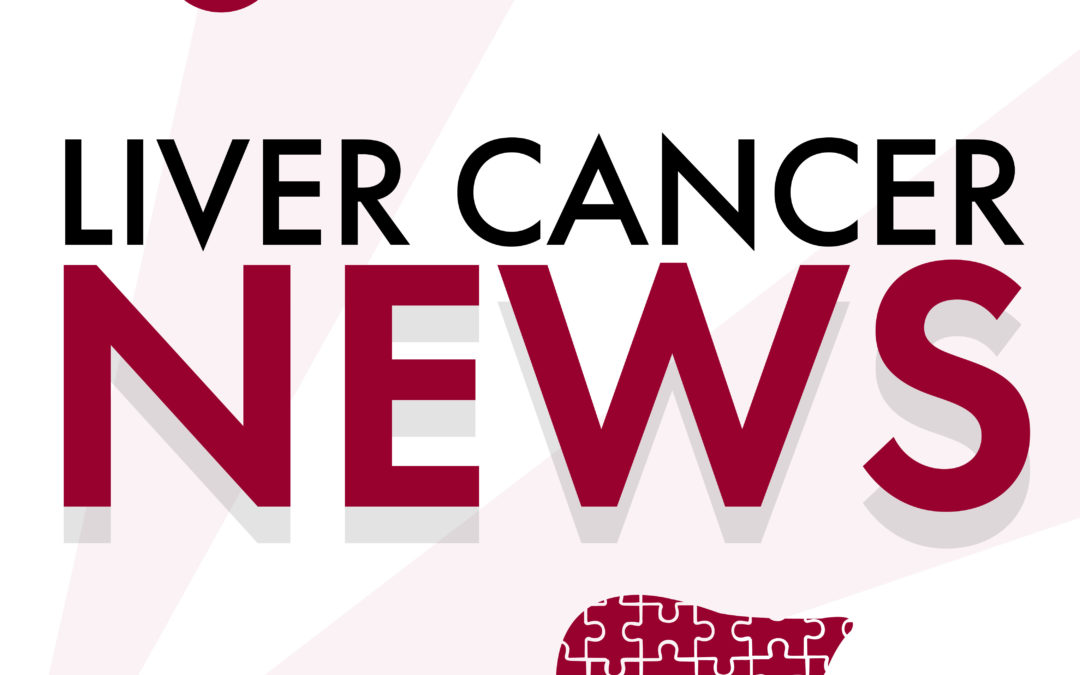





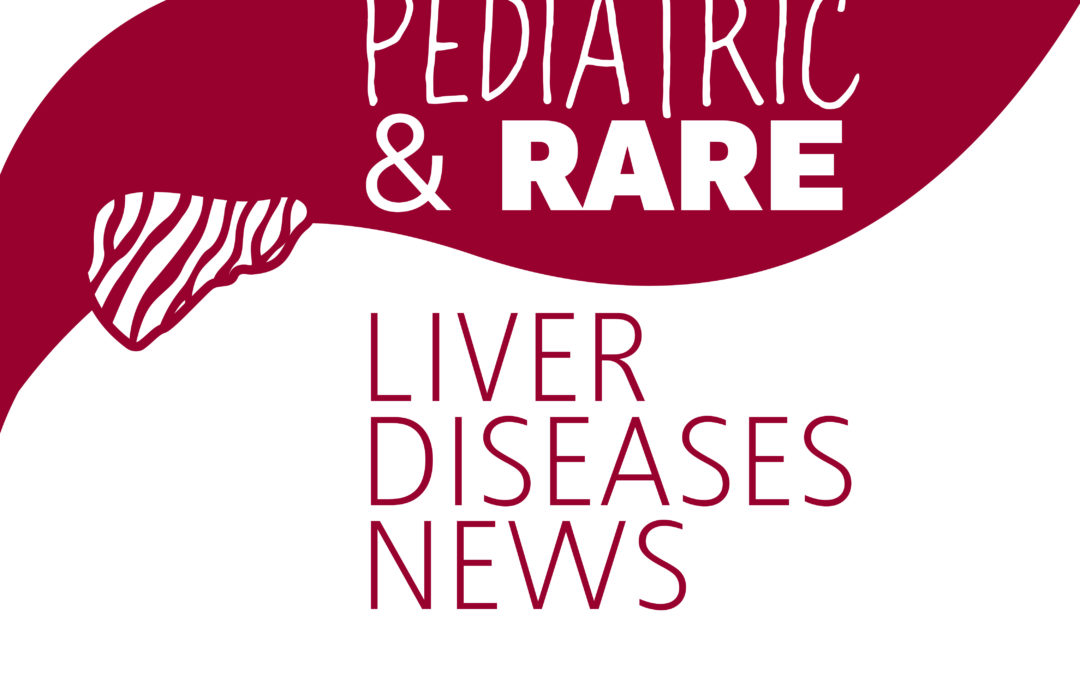

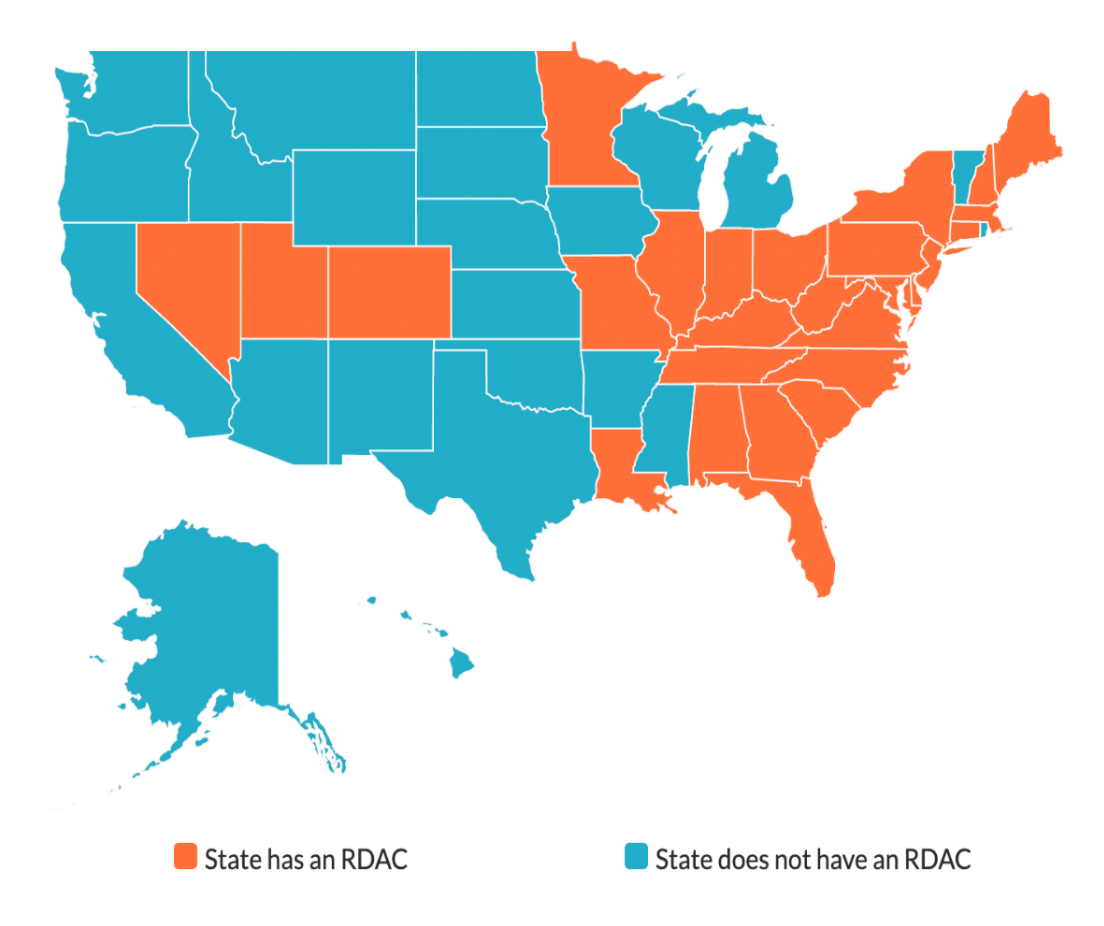
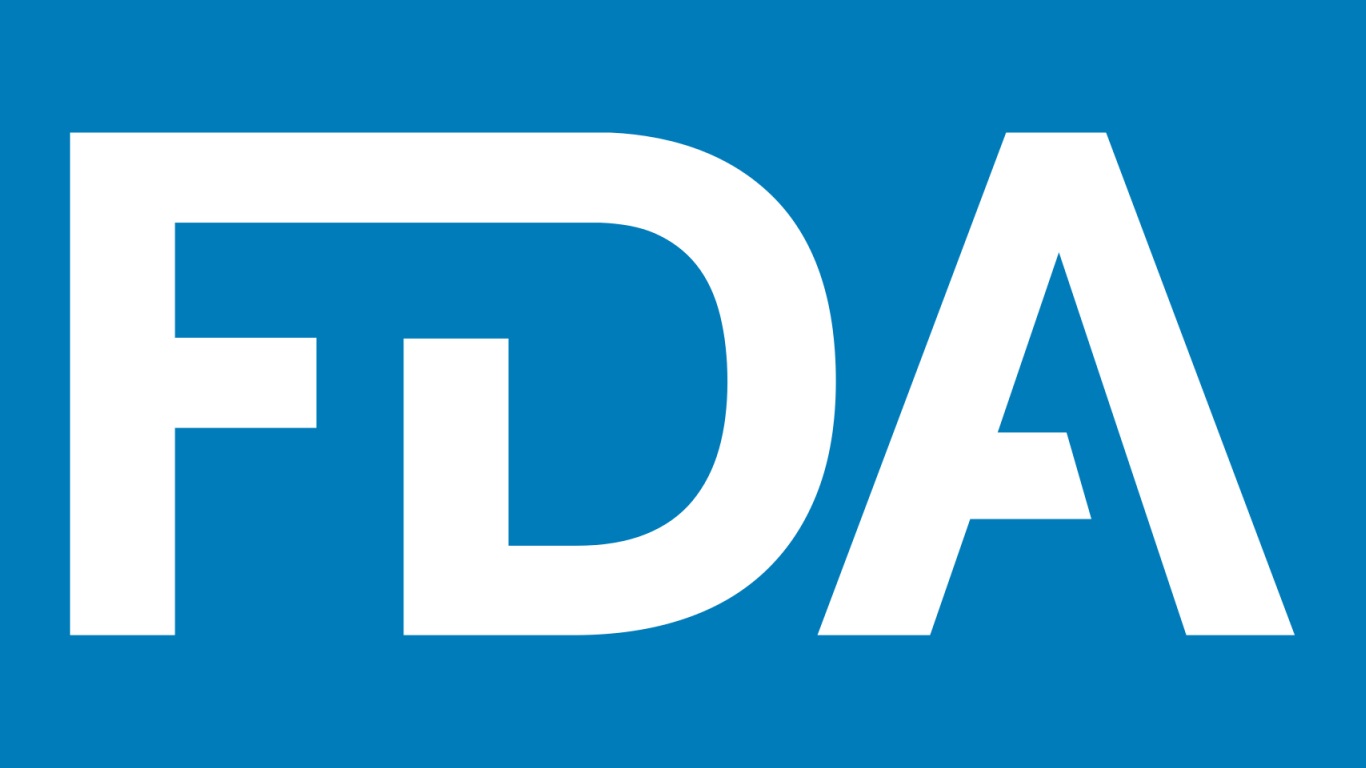
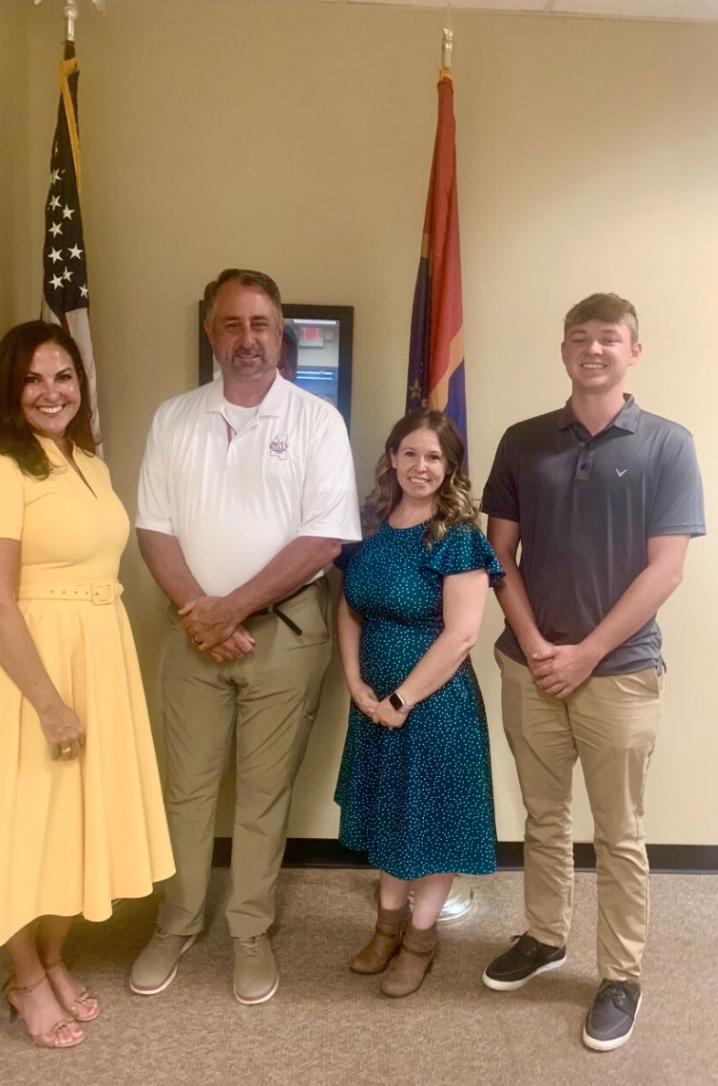
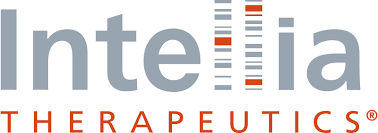

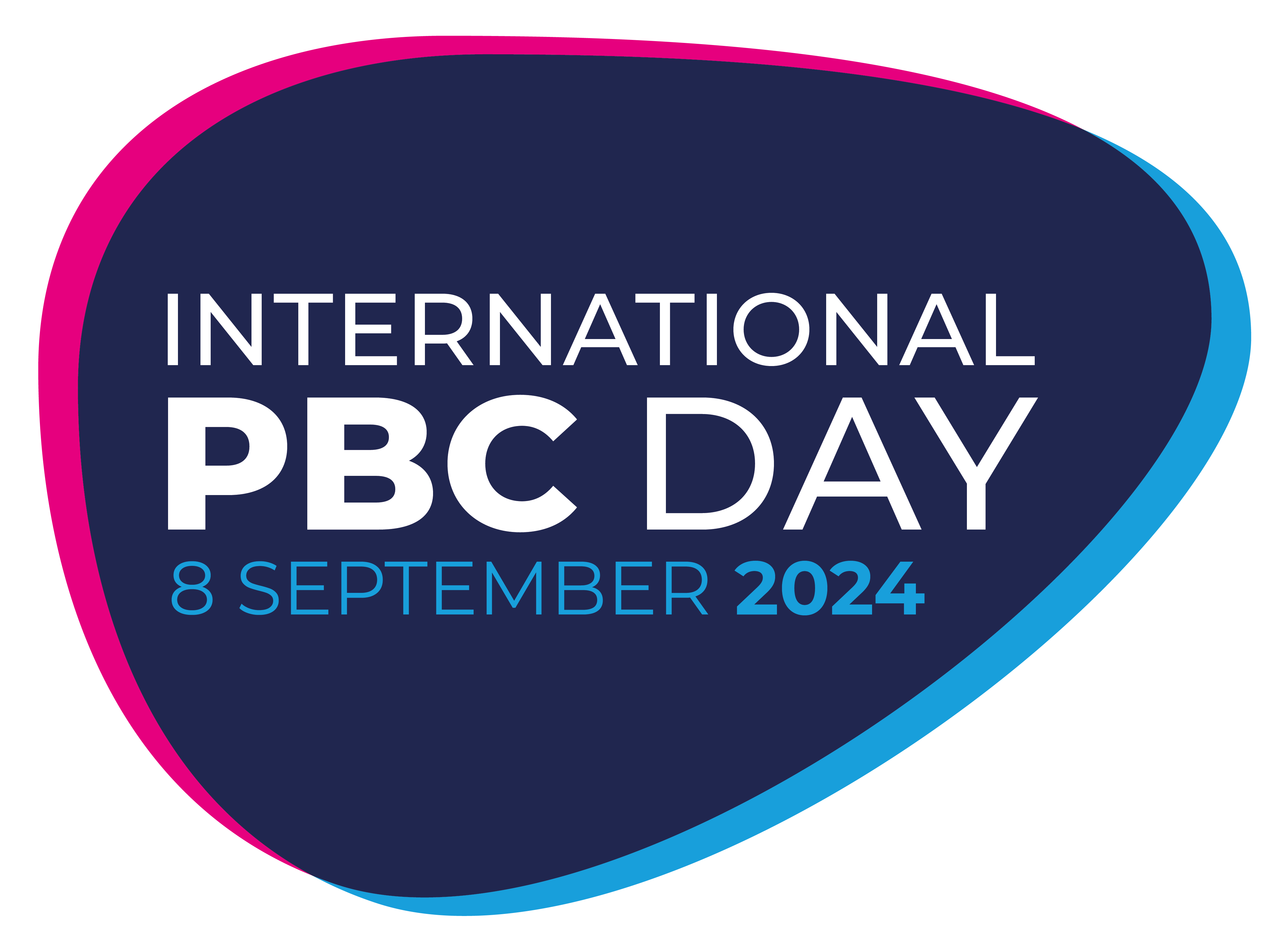

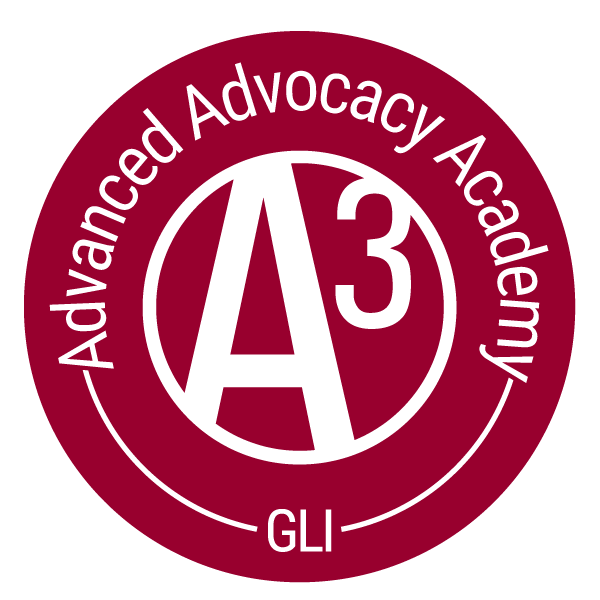
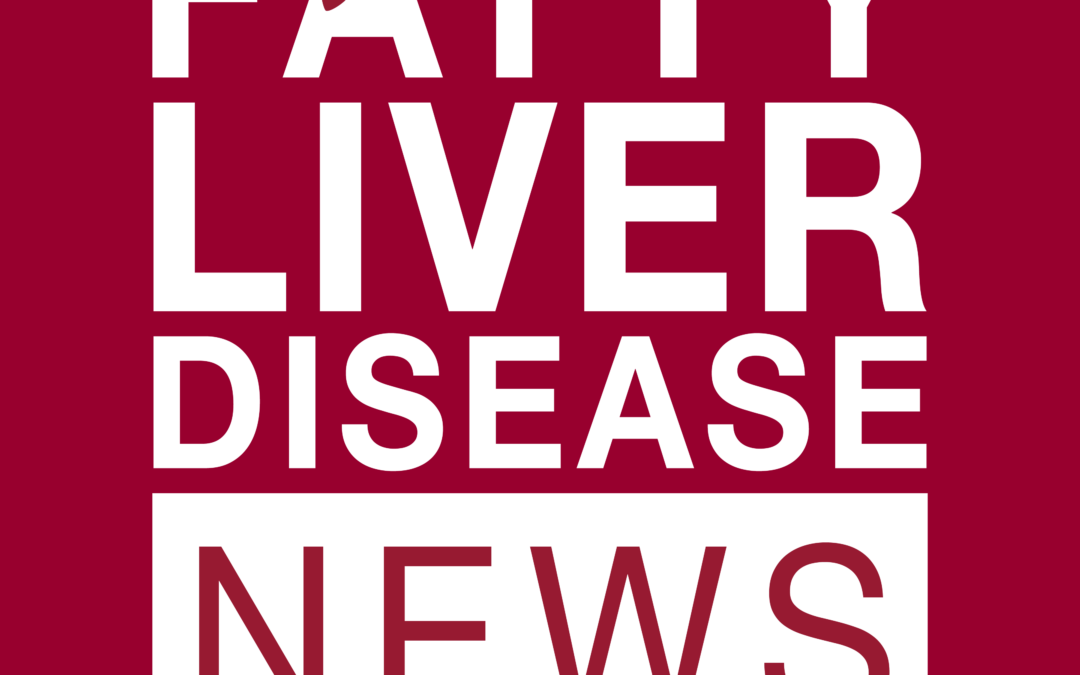

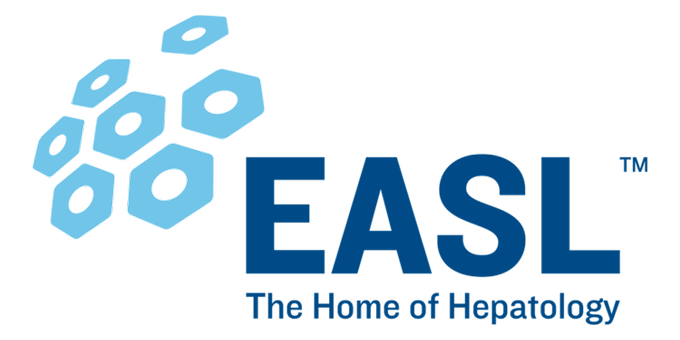
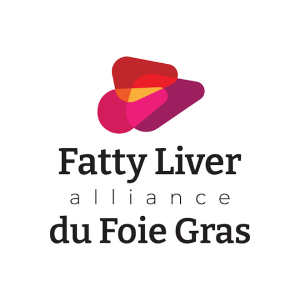
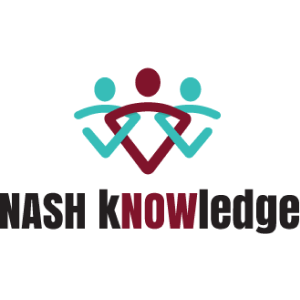
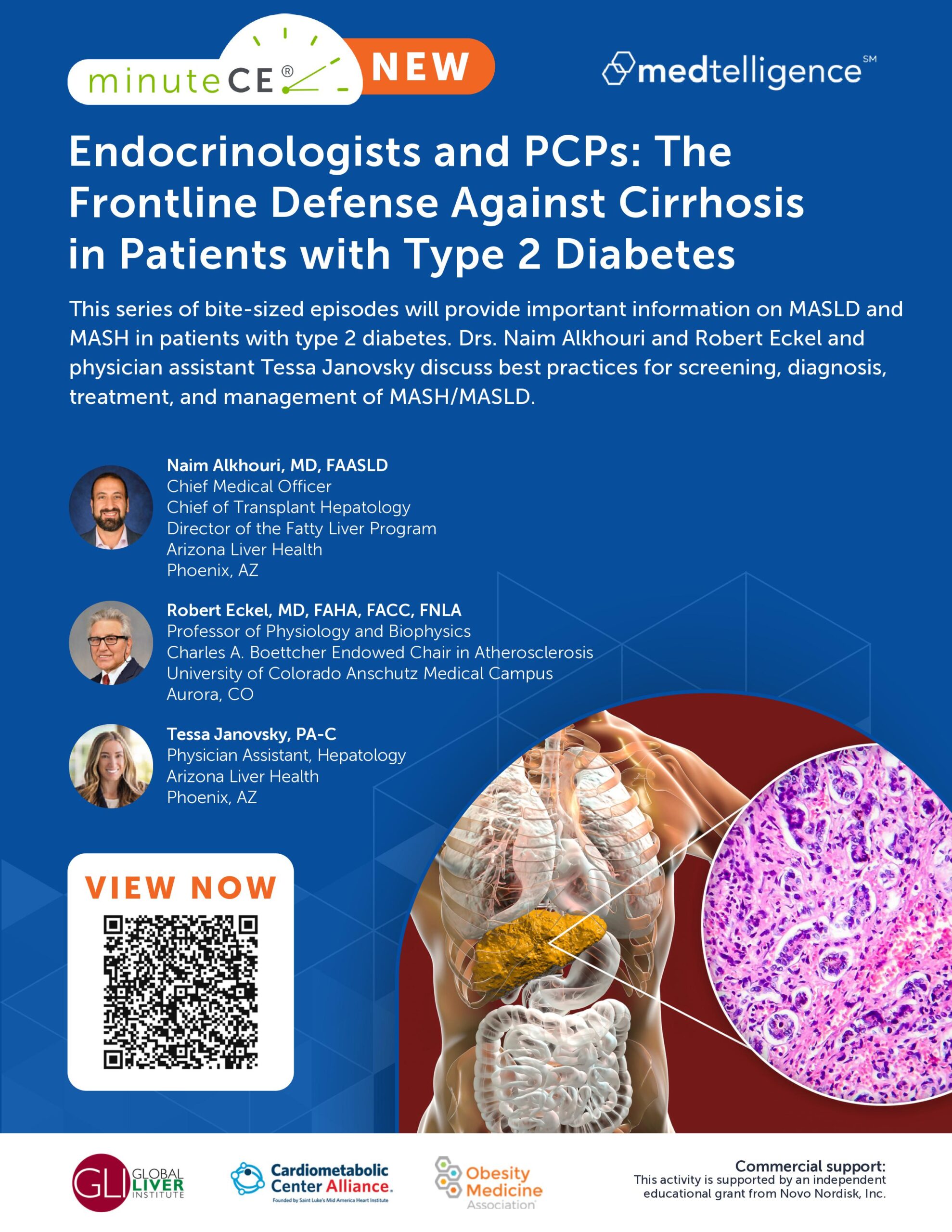


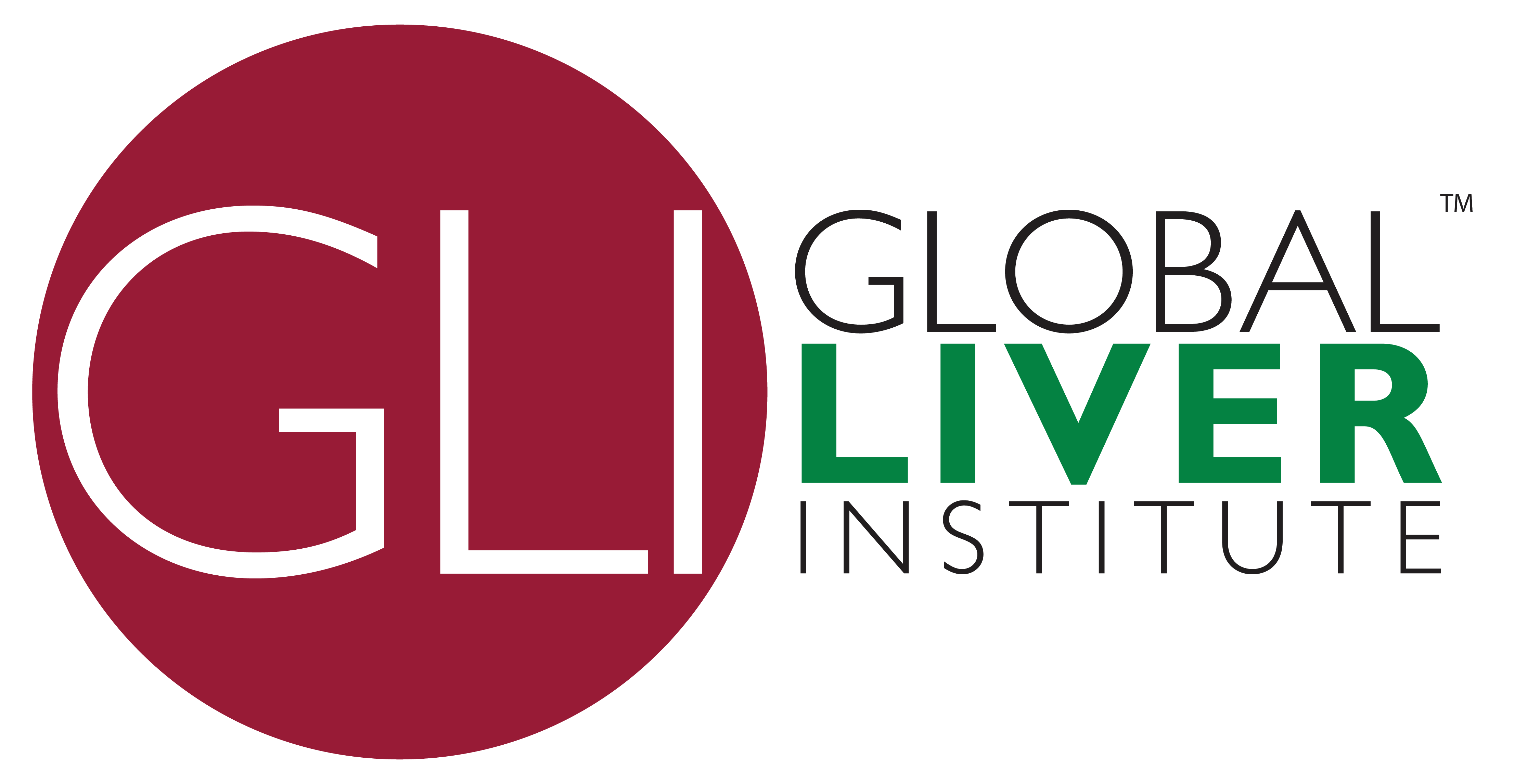
 Larry R. Holden has spent most of his personal and professional life engaging as a public servant. He has a special connection to liver health, as several of his family members are affected by it and continue to face ongoing struggles. A tireless advocate for the patient’s voice, he now uses his years of political experience and his vast network of congressional contacts to serve the public good. Before stepping into the role of CEO, Mr. Holden has served the liver community in a variety of capacities at GLI, including as Chief of Staff and his most recent role as Chief Operating Officer.
Larry R. Holden has spent most of his personal and professional life engaging as a public servant. He has a special connection to liver health, as several of his family members are affected by it and continue to face ongoing struggles. A tireless advocate for the patient’s voice, he now uses his years of political experience and his vast network of congressional contacts to serve the public good. Before stepping into the role of CEO, Mr. Holden has served the liver community in a variety of capacities at GLI, including as Chief of Staff and his most recent role as Chief Operating Officer.

